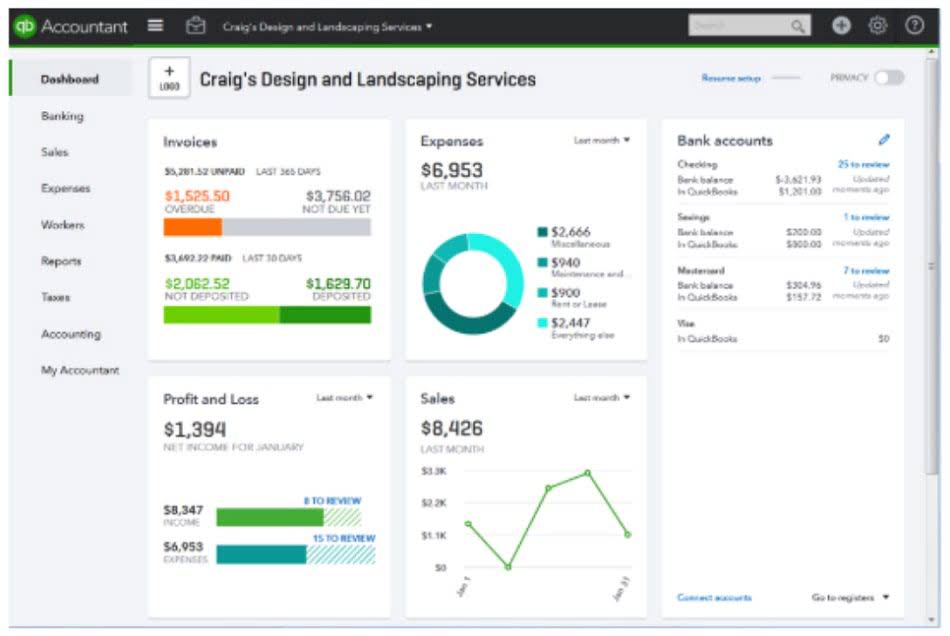
In contrast, high fixed costs relative to variable costs tend to require a business to generate a high contribution margin in order to sustain successful operations. Management uses the contribution margin in several different forms to production and pricing decisions within the business. This concept is especially helpful to management in calculating the breakeven point for a department or a product line. Management uses this metric to understand what price they are able to charge for a product without losing money as production increases and scale continues. It also helps management understand which products and operations are profitable and which lines or departments need to be discontinued or closed. Based on the contribution margin formula, there are two ways for a company to increase its contribution margins; They can find ways to increase revenues, or they can reduce their variable costs.

Is a high contribution margin ratio good?
Another common example of a fixed cost is the rent paid for a business space. A store owner will pay a fixed monthly cost for the store space regardless of how many goods are sold. Instead of doing contribution margin analyses on whole product lines, it is also helpful to find out just how much every unit sold is bringing into the business. A contribution margin analysis can be done for an entire company, single departments, a product line, or even a single unit by following a simple formula.

What is a Contribution Margin and How Do You Calculate It?

Fixed costs are production costs that remain the same as production efforts increase. A key characteristic of the contribution margin is that it remains fixed on a per unit basis irrespective of the number of units manufactured or sold. On the other hand, the net profit per unit may increase/decrease non-linearly with the number of units sold as it includes the fixed costs. The contribution margin is computed as the selling price per unit, minus the variable cm ratio cost per unit. Also known as dollar contribution per unit, the measure indicates how a particular product contributes to the overall profit of the company.
- Some income statements report net sales as the only sales figure, while others actually report total sales and make deductions for returns and allowances.
- This is the net amount that the company expects to receive from its total sales.
- Before making any changes to your pricing or production processes, weigh the potential costs and benefits.
- The contribution margin ratio is calculated as (Revenue – Variable Costs) / Revenue.
- Imagine that you have a machine that creates new cups, and it costs $20,000.
- Fixed costs are often considered sunk costs that once spent cannot be recovered.
Contribution Margin Formula
- If the fixed costs have also been paid, the remaining revenue is profit.
- Instead, consider using contribution margin as an element in a comprehensive financial analysis.
- Investors examine contribution margins to determine if a company is using its revenue effectively.
- Contribution margin is a business’s sales revenue less its variable costs.
- However, you have to remember that you need the $20,000 machine to make all those cups as well.
Shaun Conrad is a Certified Public Accountant and CPA exam expert with a passion for teaching. After almost a decade of experience in public accounting, he created MyAccountingCourse.com to help people learn accounting & finance, pass the Certified Public Accountant CPA exam, and start their career. Management should also use different variations of the CM formula to analyze departments and product lines on a trending basis like the following.

Such decision-making is common to companies that manufacture a diversified portfolio of products, and management must allocate available resources in the most efficient manner to products with the highest profit potential. The contribution margin can help company management select from among several possible products that compete to use the same set of manufacturing resources. Say that a company has a pen-manufacturing machine that is capable of producing both ink pens and ball-point pens, and management must make a choice to produce only one of them. Contribution margin is the remaining earnings that have not been taken up by variable costs and that can be used to cover fixed costs. Profit is any money left over after all https://www.bookstime.com/articles/accounting variable and fixed costs have been settled. The contribution margin tells us whether the unit, product line, department, or company is contributing to covering fixed costs.
Instead, consider using contribution margin as an element in a comprehensive financial analysis. A negative contribution margin tends to indicate negative performance for a product or service, while a positive contribution margin indicates the inverse. You can also use contribution margin to tell you whether you have priced a product accurately relative to your profit goals. Fixed costs are one-time purchases for things like machinery, equipment or business real estate.
